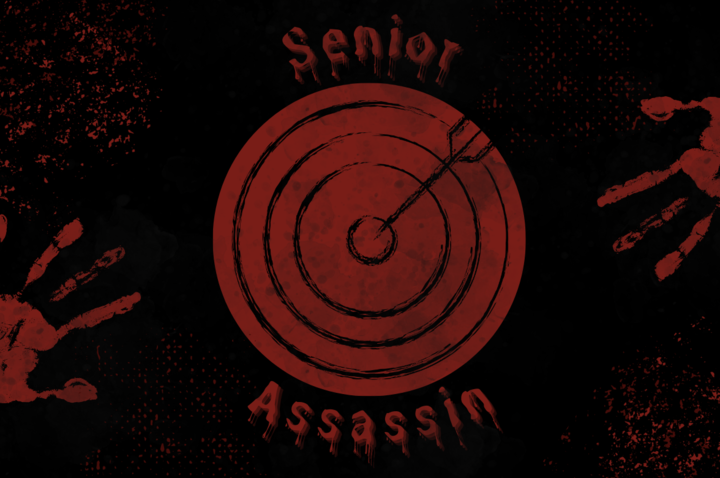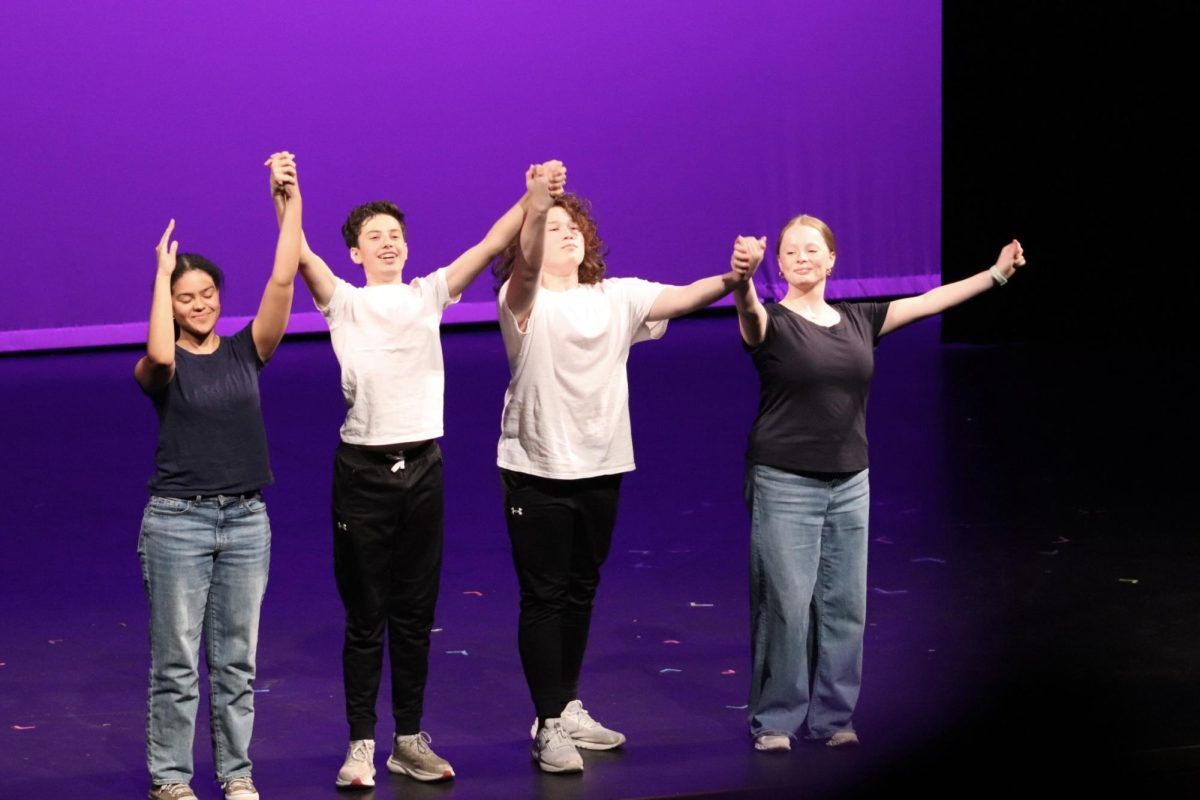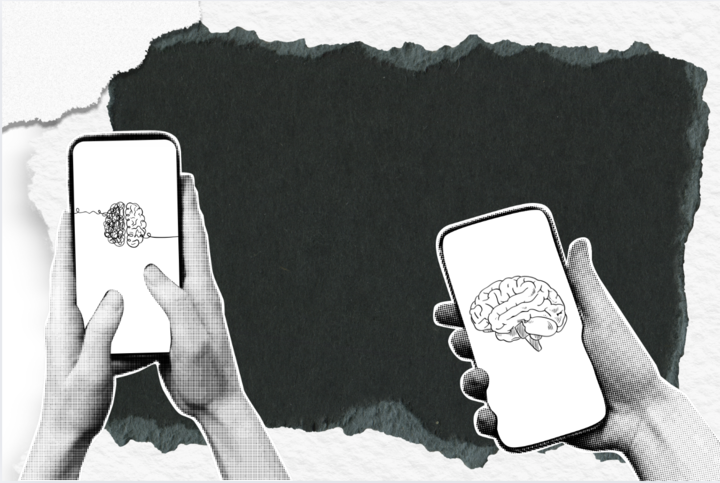This year, WHS will be introducing a new type of concussion testing software: Sway. Sway concussion testing will replace Wayland’s previous software of over 15 years, ImPACT Concussion Test. According to WHS athletic trainer Katie Reilly, a local hospital donated ImPACT to WHS at no cost, but that agreement ran out.
After researching all the options, Reilly suggested that WHS adopt Sway as its new concussion testing technology.
“I was able to compare [ImPACT and Sway] and chose [Sway] after I was able to do more research,” Reilly said.
Unlike ImPACT, a test completed entirely on computers, Sway utilizes the sensors and technology in iPhones to help track data that could be altered by a concussion. Students take various balance, reaction time and cognitive function tests prior to injury to establish baseline metrics. Being able to do this on an iPhone is easier and more simple than the ImPACT tests. Then, should an injury to the head occur, the student would take a post-injury test. The data from both tests would be compared, which would lead to a more accurate diagnosis.
According to Reilly, Sway will not be able to diagnose concussions by itself but would be used as a useful tool that can help confirm a concussion diagnosis.
“It’s just a tool that we can use alongside [reported symptoms], and it gives us more of an objective side, and the subjective side is just you telling us how you feel,” Reilly said. “This can help us match that or counter that. It would be mostly in conjunction with how we do everything, but it would be concrete evidence.”
Sophomore Colin Moleux also thinks Sway could be beneficial for students at the high school. Moleux has dealt with numerous concussions due to athletic injuries throughout his life, giving him a unique perspective on the concussion protocol.
“I’ve had eight concussions in total,” Moleux said. “At first the recovery was pretty normal. I would sit out of sports and take a day or two off school, but as I kept getting them they became much harder to come back from. [The concussions] eventually became impactful in school. I would miss class because the light or noise would cause too much pain in my head.”
Moleux claims that Sway would have been beneficial for him because he would have potentially had multiple more accurate diagnoses. According to Moleux, the symptoms of a concussion can be much more serious than one may expect, and having Sway testing could be a huge advantage to help ensure athletes do not go untreated.
“There is so much more than just headaches and noise or light sensitivity that comes with concussions,” Moleux said. “After one of [my concussions] my hand-eye coordination was so bad that I would try to eat and would hit the side of my face with the fork or spoon.”
The tests were recently administered during wellness class to freshmen, and this will happen every year. They will then be given again two years later, to juniors.
“So we started with the freshman classes a week or two ago, we had Katie join in the classes,” Wellness Department Head Scott Parseghian said. “It’s all new for us, a lot different than the impact in which you had a mouse and a trackpad. Now you’re holding a phone to your chest and taking steps and balancing on one foot, much different than the test we used to administer.”
The goal of the baseline testing is that in the event a student gets a concussion, whether from sports or other activities, they will have the normal baseline test to help ensure that the student can return to sports safely and not prematurely.
“If there is anything that will help Katie or the doctor make sure athletes return faster, safer and clear, then I’m absolutely willing to take 20 minutes out of class to make sure that happens,” Parseghian said.





![Last Wednesday, the Wayland School Committee gathered to discuss a number of topics regarding the health curriculum and Innovation Career Pathway course. Another large topic of conversation was the ways to potentially mitigate distracting cell phone usage. "These [phones] are going to distract your learning and social relationships," Superintendent David Fleishman said. "That's concrete right there."](https://waylandstudentpress.com/wp-content/uploads/2025/06/Screenshot-2025-06-04-at-9.49.31 PM-1200x886.png)




























